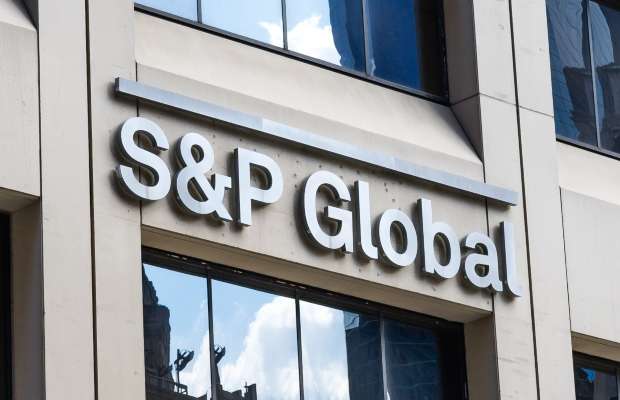S & P Global Ratings, an American credit rating agency (CRA) that publishes financial research and analysis on stocks, bonds, and commodities, said its view of the traditional asset management sector has turned negative, while maintaining its stable views for both the alternative asset management and wealth management sectors for 2023.
S&P cited various factors on its new stance on traditional asset managers, including its expectations for ‘rising interest rates, heightened inflation, continued market volatility, and a shallow recession’ that will continue to pressure debt and equity markets in 2023.
Of the three aforementioned sectors, S&P Global Ratings stipulated that traditional asset managers are “the most exposed to market volatility, which we expect to weigh on credit metrics in 2023,” they said.
These pressures, S&P noted, may be compounded by net outflows for some traditional asset managers.
The report added that for traditional asset managers, liquidity risk exists for issuers with sizable near-term debt maturities, significant variable-rate debt, or substantial quarterly interest payments.
“Traditional asset managers also face continuing fee pressures for active managers driven by growth of passive strategies, which have continued to gain market share.”
S&P Global Ratings
On the brighter side, the report noted that some traditional asset managers are growing their alternative offerings, which could boost their assets under management (AUM) and provide visibility into earnings if successful.
“Also, traditional asset managers that are well-diversified by product and service offerings, investor base and distribution channel with large assets under management bases operating at scale, are relatively better positioned than their smaller peers with more narrow offerings.”
S&P Global Ratings
Market Downturn Could Affect All Asset Managers
According to S&P Global Ratings, while wealth managers are also vulnerable to market movements, their AUM base is stickier, resulting in more stable earnings.
Of the three sectors, S&P said alternative asset managers are the best positioned for 2023 given the locked-up nature of their AUM base, solid records of performance and fundraising, diversified platforms, as well as dry powder available to be deployed during market dislocation.
S&P’s report further noted that alternative managers have delivered good investment returns, while average fund sizes have grown with platforms broadened, including strong growth in private credit.
S&P expects demand for alternative investment products to continue to grow, though the investment landscape remains competitive and institutional investors may be reaching their target allocations to certain alternative products. “While alternative asset managers are less exposed to fee pressures, they may still see pressure on average fees because of discounts to large investors,” the report warned.
Overall, despite the challenging macroeconomy, the report indicated that most asset managers in all three sectors remain positioned to withstand continued volatility over the short term, however there could be further downside across the whole asset management sector if the market downturn is more severe or protracted than in the base-case scenario, with traditional managers most at risk.
S&P finally indicated that European asset managers will face higher challenges than their U.S. peers as the ongoing crisis in Ukraine will add energy uncertainty and market volatility, with the interest rate differential making Europe less attractive than the U.S. for new investments.
Unlike this year, last year in its report issued on Jan. 14, 2022, the agency had assigned a ‘stable’ outlook for all three asset management sectors.
Read Also : BoG’s 110th Monetary Policy Committee Meeting Commences Today, January 24, 2023























